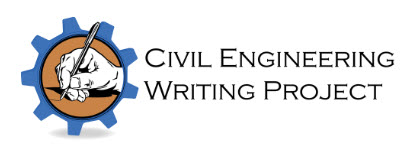Research and Projects
I am interested in the way that people adapt their use of language to different situations. Whenever we want to write or say something, we have choices in the grammar, words, and organization that we can use. My work investigates how the choices we make vary with different aspects of the context. For example, are we speaking or writing? What is the purpose of the communication? What discipline or topic is covered? Do the participants know each other? Is it in a professional context or school setting? What is the discourse context – that is, what language comes before and after? Most of my work is applied to improving the teaching of English and writing, whether for second language learners or for native speakers who are learning to communicate in a new discipline.
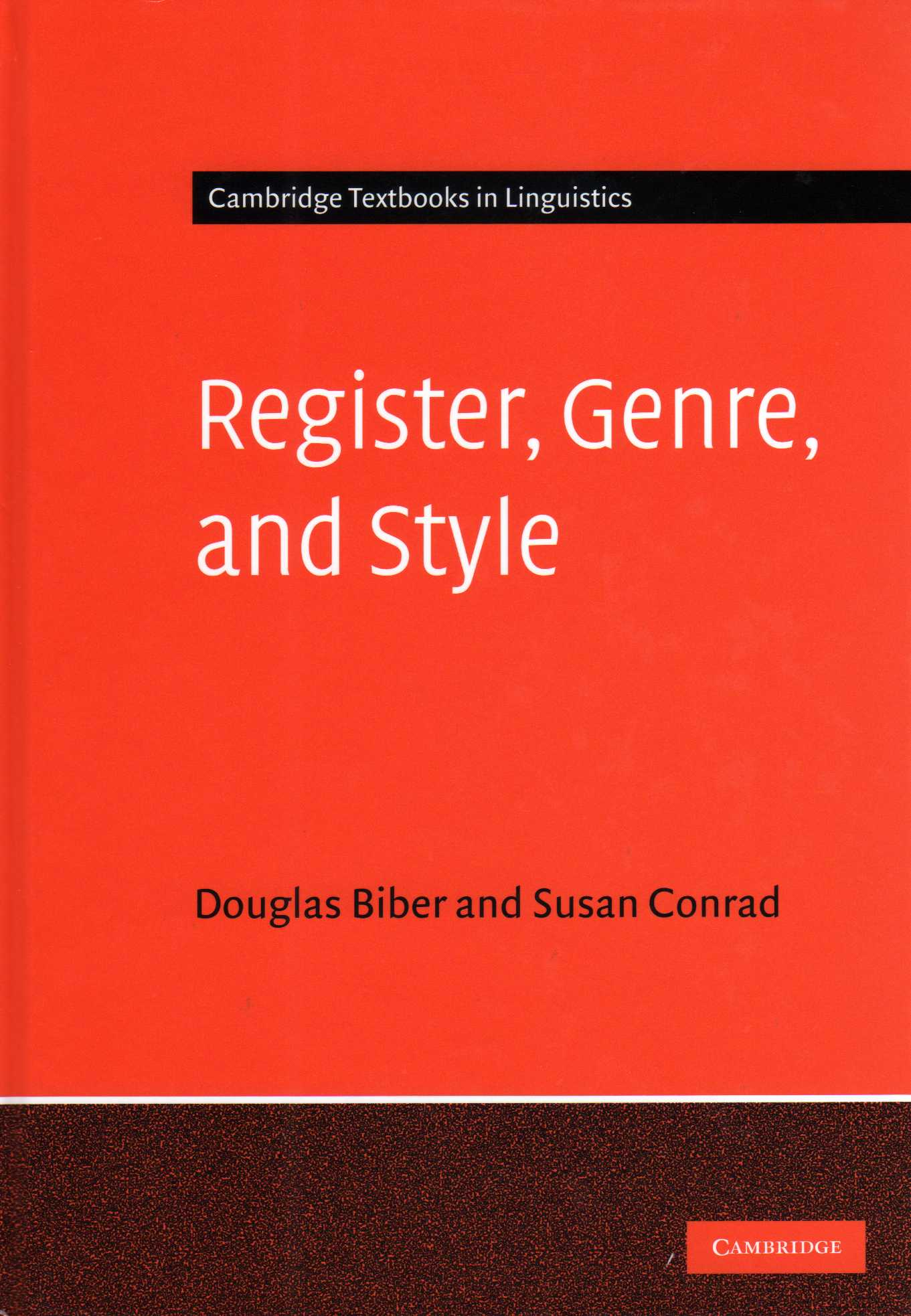
|
It turns out that there are very strong patterns in the choices that people make for certain circumstances. It is also possible to identify the functions behind choices – and to explain which choices are effective for certain contexts and which are not. You can find out more about these basic ideas and how to investigate them in the book Register, Genre, and Style. |
My work often involves “corpus linguistics” – an approach for investigating language that uses computer-assisted analysis techniques and large, electronic collections of writing and transcribed speech. The corpus linguistics approach makes it possible to study many more writers and speakers than previously feasible, so we can see the widespread patterns in people’s language use. We can also identify unusual choices and creative language use.
I was the Principal Investigator for the Civil Engineering Writing Project. We studied writing produced by civil engineering practitioners and students, and designed materials to help prepare students to write more effectively in professional engineering practice. Other students of mine compiled and studied a corpus of writing done in classes across Portland State. This corpus was especially helpful for understanding the characteristics of papers that receive high grades at PSU. Making comparisons with ESL student writing, we can identify areas to work on with ESL students.
The Longman Grammar Project resulted in grammar-related materials for several different audiences. The materials are unusual because besides describing English grammar, they explain the use of grammar in conversation, academic writing, fiction writing, and newspaper writing. For a comprehensive English grammar reference, try the 1200-page Longman Grammar of Spoken and Written English. It includes over 300 corpus-based investigations of linguistic features! |
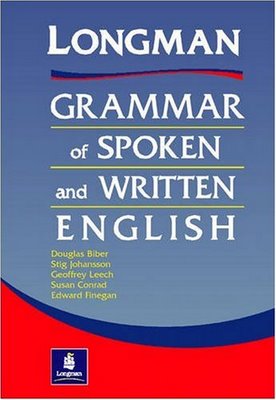
|
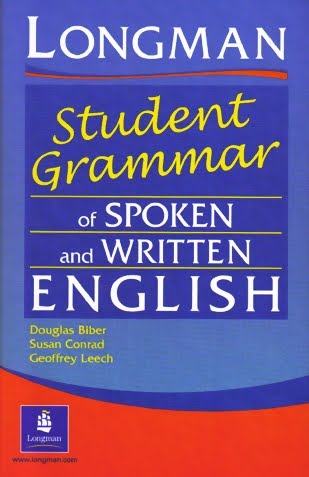
|
If you are studying to be a teacher of English, try the shorter Longman Student Grammar of Spoken and Written English. Its Workbook provides exercises for practicing what is covered in the text. |
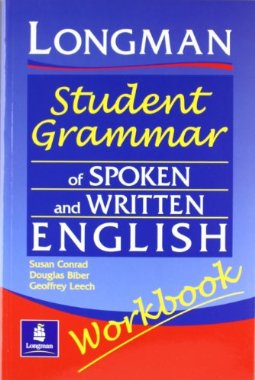 |
|
Real Grammar is designed for ESL/EFL students (though many teachers use it for their own training, too). It supplements traditional ESL/EFL grammar textbooks, covering 50 specific points about how English grammar is used in conversation or academic writing. |
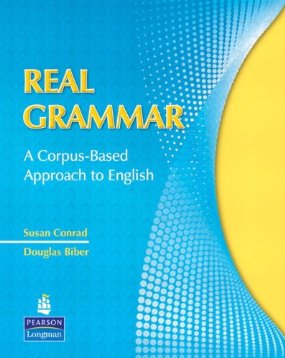
|
In 1998, Doug Biber, Randi Reppen, and I published one of the first introductions to corpus linguistics: Corpus Linguistics: Investigating Language Structure and Use. It describes different aspects of language that can be investigated with corpus linguistics, provides example analyses, and has concise “methodology boxes” clarifying certain corpus linguistics techniques. The book was translated into Japanese and printed in a special edition for China.
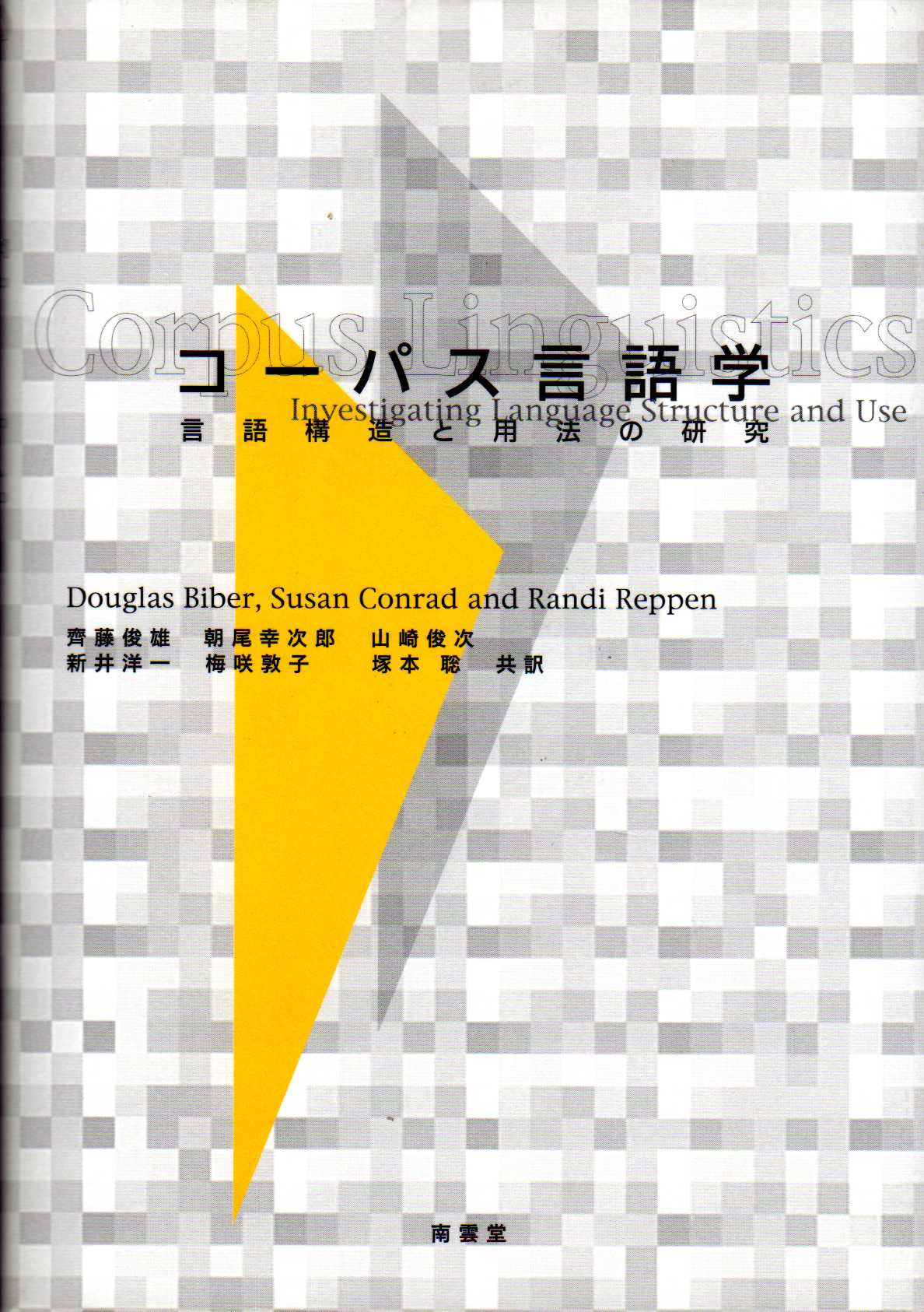
|
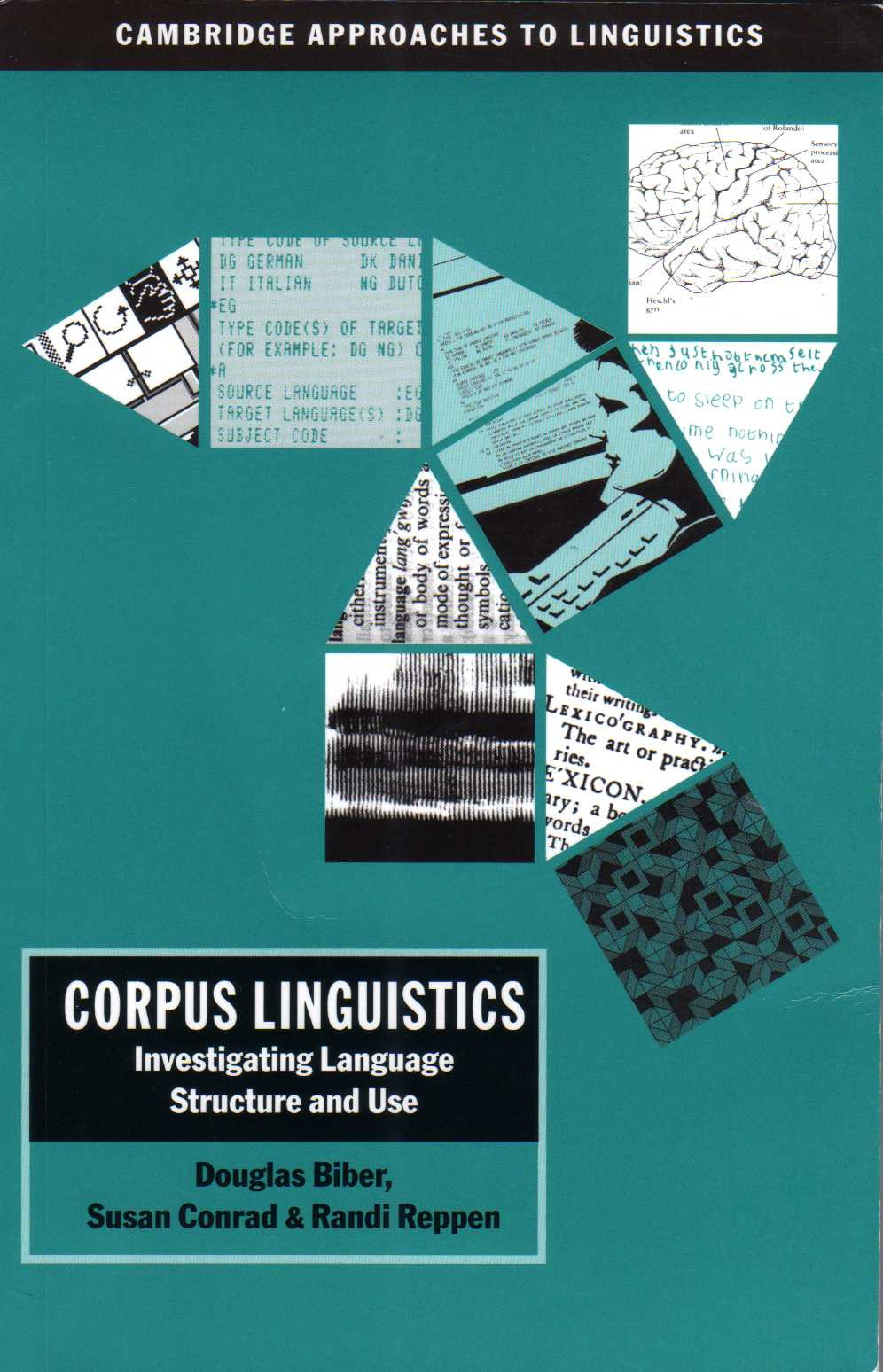 |
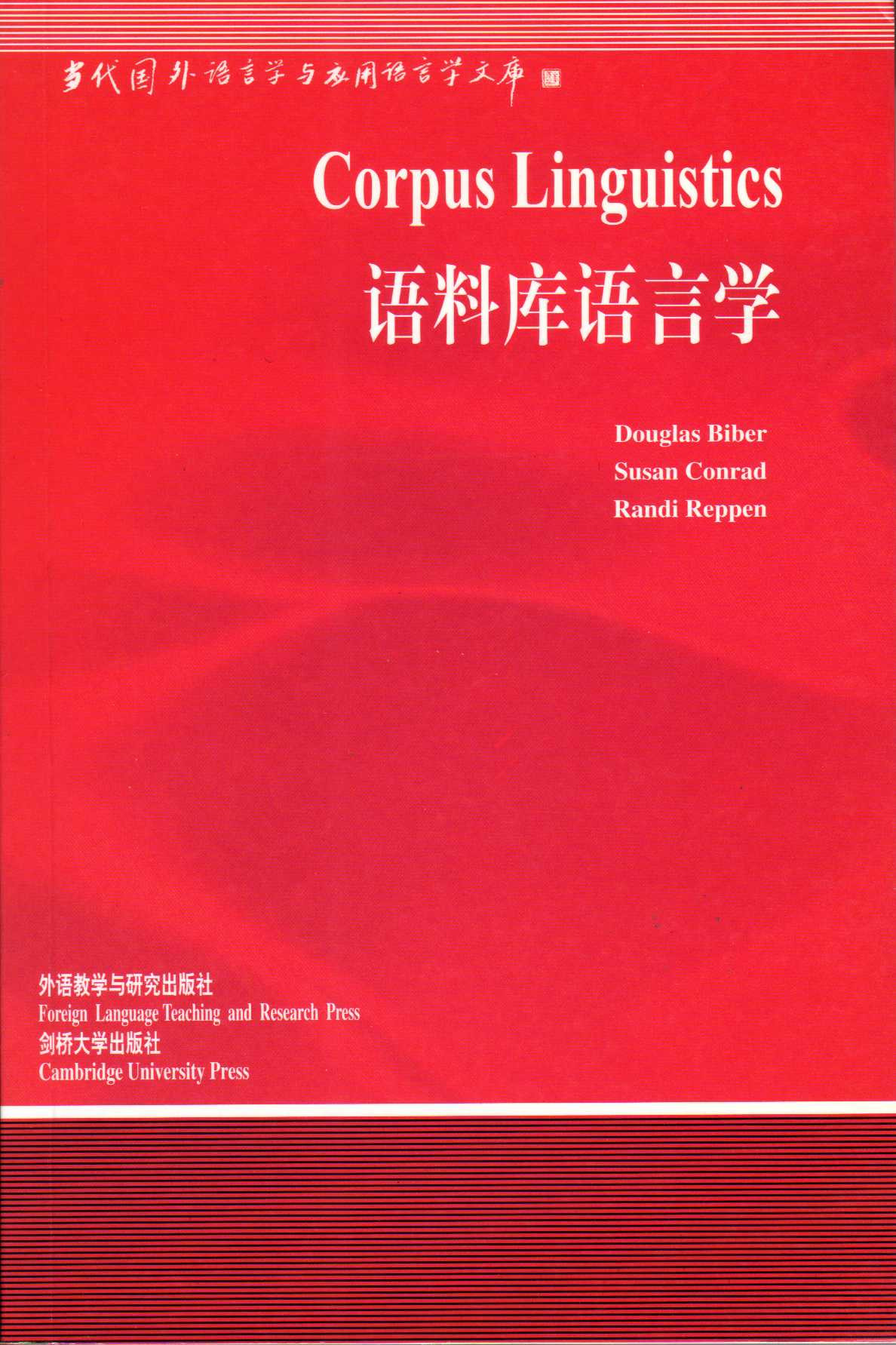
|
|
For information about a specific methodology within corpus linguistics, check out the book Doug Biber and I edited Variation in English: Multi-Dimensional Studies. You’ll find studies of language in everything from academic texts to the Star Trek series over three decades! |
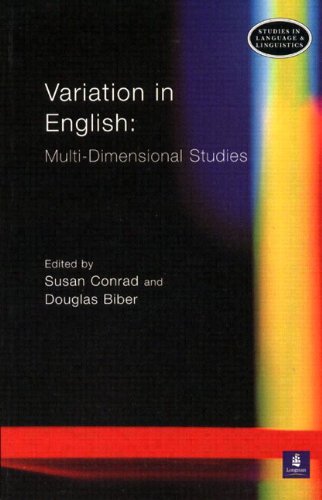 |
For more publication and research information, see my CV.

